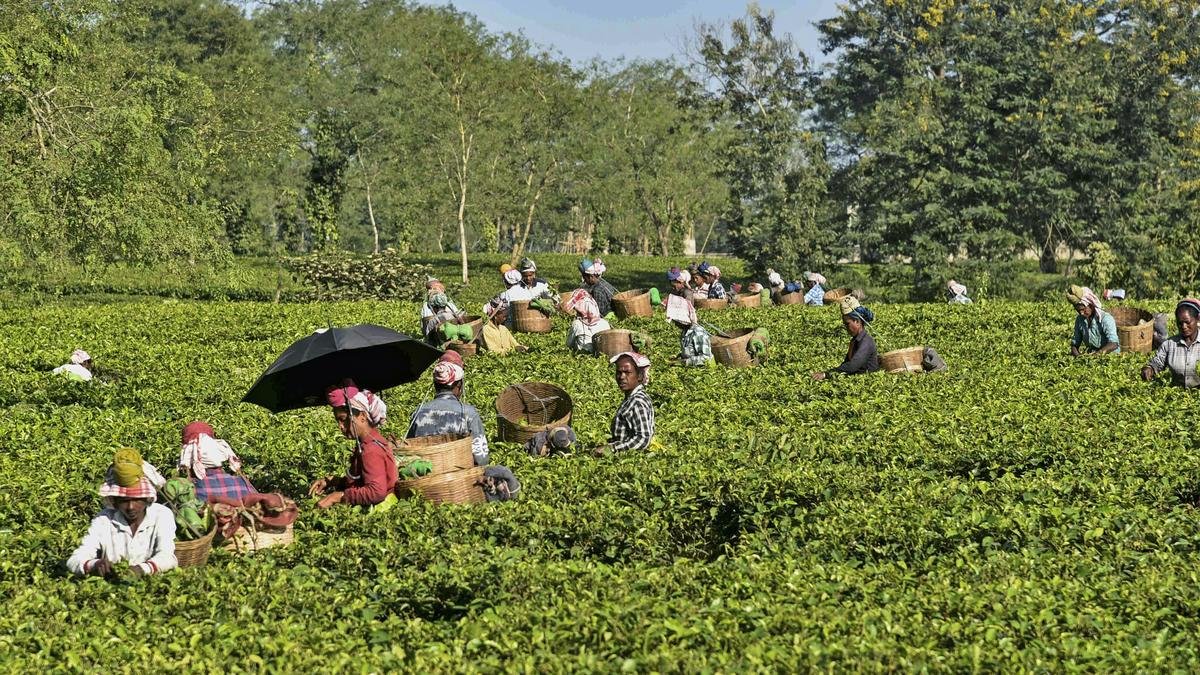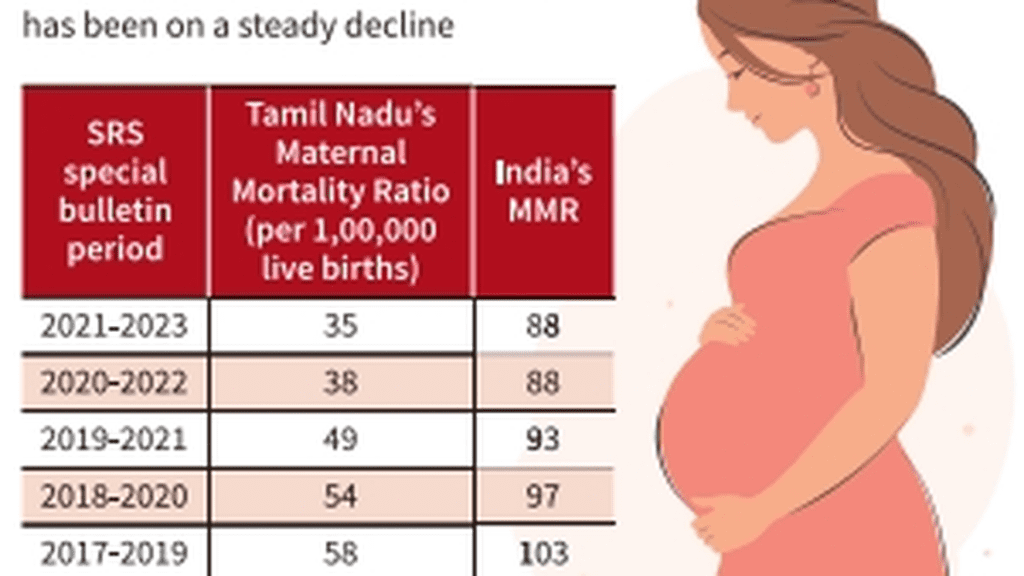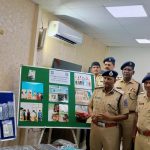Assam tea workers prone to post-TB fungal disease: study

Assam tea workers prone to post-TB fungal disease: study
Two years after a study flagged the epidemic dropsy threat, a new research paper has identified a life-threatening fungal infection mostly in the damaged lungs of tuberculosis survivors among Assam’s tea plantation workers.
TB has been a major public health issue across the tea belts in Assam’s Brahmaputra and Barak valleys, afflicting 217 per 1,00,000 population according to the National TB Prevalence Survey of 2019-2021. The risk factors include poverty, poor nutrition, kitchen smoke, close contact with smear-positive patients, and living in congested environments.
A team of researchers from the Assam Medical College and Hospital in Dibrugarh has now put the focus on chronic pulmonary aspergillosis (CPA), an infection caused by Aspergillus fumigatus, a fungus that strikes individuals with immunodeficiency. CPA is a chronic lung disease that occurs commonly in pre-existing lung cavities. It mostly occurs in post-TB or active TB patients and shares similar clinical features with tuberculosis.
The study, the first of its kind among tea workers, was published in the journal PLOS Neglected Tropical Diseases. Its authors are Aishwarya Selvasekhar, Reema Nath, Gourangie Gogoi, and Pronami Borah.
The team examined 128 patients visiting three tea garden hospitals and two referral hospitals in the Dibrugarh district, which has 177 of Assam’s 803 major tea estates and a high TB burden. These patients – tea workers and their dependents from four tea estates – experienced chronic cough, haemoptysis (coughing blood), weight loss or fatigue, and other respiratory symptoms for three months or more.
Using advanced serological testing and radiological imaging, the researchers recorded a CPA prevalence of 17.18% in the year-long study. CPA seropositivity was 18.5% in active TB patients but spiked to 48.9% in those who had completed treatment, underlining the fungal infection as a post-TB health issue.
Also Read | Health Minister launches 100-day campaign to reduce TB incidence and mortality
The mean age of the patients was 41.9 years and CPA was found to be more common in middle-aged male workers (80 against 48 females). A higher smoking rate was a likely factor although a similar study in Kenya found CPA to be more predominant in non-smokers.
According to the study, Assam’s high CPA prevalence of 60 cases per 1,00,000 people exceeds the global average of 42. The scenario is worse than in African countries such as Nigeria and the Democratic Republic of Congo, where the prevalence ranges from 20 to 50.
The researchers suggested testing for Aspergillus antibodies in patients who come with respiratory symptoms after completion of TB treatment to diagnose the cases early and treat them subsequently. “This will help to decrease the morbidity and mortality due to this neglected and under-diagnosed disease in tea garden hospitals as well as other TB hospitals,” they said.
The researchers said respiratory illnesses contribute to lower productivity apart from pushing families into cycles of debt due to medical expenses and lost wages. They advised campaigns to train healthcare providers to recognise CPA symptoms and educate workers about respiratory health, nutrition, and hygiene.
Also Read | Health Ministry reworks protocol as India’s TB elimination drive plateaus
In the context of nutrition, health experts pointed to a two-year-old study on epidemic dropsy published in the Cureus Journal of Medical Science. The study, mostly covering patients from tea gardens, was by Tribeni Sharma and Joydeep Paul of Gauhati Medical College and Hospital and Bhaskar Brahma and Afzal Ahmed M. Laskar of Tezpur Medical College and Hospital.
Epidemic dropsy is caused by the consumption of edible oils contaminated with the oil from Argemone mexicana, a poppy of Mexican origin.
“Two of the most toxic alkaloids found in argemone oil are sanguinarine and dehydrosanguinarine, which cause capillary dilation, proliferation, and increased permeability. Extreme cardiac decompensation leading to congestive heart failure and glaucoma resulting in blindness are the most serious consequences of epidemic dropsy,” the study said.
Of the 38 patients admitted to the Tezpur Medical College with clinical features of epidemic dropsy, 36 were male. “Apart from various tests on these patients, we obtained cooking oil samples from their homes and investigated them for the presence of sanguinarine. The oils were of low grade,” Dr. Sharma said.
Of the expired patients, all were males. The most common cause of death was cardiogenic shock (75%) followed by septic shock (25%).










